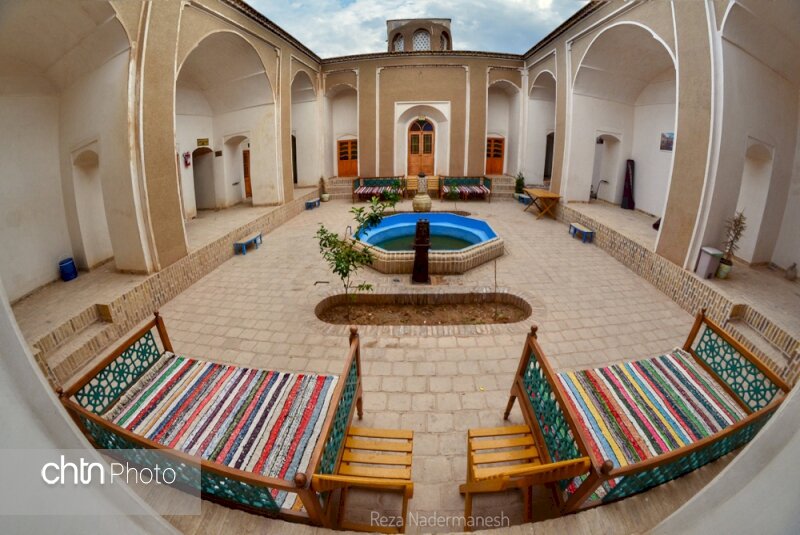Some $2m paid to support tourism businesses in South Khorasan

TEHRAN – The Iranian government has paid some 85 billion rials (over $2 million at the official exchange rate of 42,000 rials per dollar) in loans to the tourism businesses affected by the coronavirus pandemic in the eastern province of South Khorasan.
The loans have been paid to travel agencies, tourist complexes, and tour leaders as well as handicrafts units across the province, the provincial tourism chief has said.
The credits are expected to secure 256 job opportunities, Hassan Ramezani announced on Friday.
Located in eastern Iran, South Khorasan province is home to many historical and natural attractions such as Birjand Castle, Dragon Cave, Forg Citadel, and Polond Desert.
It is an explorer’s delight – lots to discover yet barely another visitor to be found, even at the most important sights. The region intersperses arid mountains and semi-deserts and is famed for saffron and barberries. But there’s also has a wealth of old mud villages that seem to have been left almost complete as though to tempt archaeologists (relatively accessible Old Esfandiar and Old Deyhuk are amongst our favorites).
Castle lovers will swoon over Birjand’s fortress – which might be slightly over-restored but make a great site for a traditional restaurant – and the mountain-top fortifications at Qa’en, especially magical at sunset; Forg is one of the most picture-perfect castle-citadels in Iran. Boshrooyeh’s Qaleh Dokhtar is smaller and more ruinous but clings dramatically to a spike of the lonely desert crag, with some unique, still-functioning traditional waterwheels nearby.
Government’s care and support packages
In October 2020, the deputy tourism chief, Vali Teymouri, announced that a new support package was approved to pay loans to businesses affected by the coronavirus pandemic.
Depending on the type and activity of the businesses, they could benefit from at least 160 million rials ($3,800 at the official rate of 42,000 rials) to nine billion rials ($214,000) of bank loans with a 12-percent interest rate, he said.
The loans would be allocated to tourist guides, travel agencies, tourism transport companies, tourism educational institutions, eco-lodges and traditional accommodations, hotels, apartment hotels, motels, and guesthouses as well as traditional accommodation centers, tourism complexes, and recreational centers, the official explained.
Teymouri in September 2020 pointed to the 1.3 million tourism workers in the country, who are facing several issues due to the coronavirus crisis and said “This number, in addition to their households, includes a significant population that makes a living through tourism, who are needed to be considered in ministry’s decisions.”
Last August, Teymouri announced that the tourism ministry had approved a total budget of 4,920 billion rials (over $117 million) to support corona-affected tourism businesses, covering as much as 36,000 people working in the tourism sector.
Tourism industry in critical situation
Tourism minister Ali-Asghar Mounesan in October 2020 warned that Iran’s cultural heritage and tourism would be in a critical situation if the crises caused by the outbreak of the coronavirus continue.
Last August, the tourism minister said that the tourism sector of the Islamic Republic had suffered a loss of 12 trillion rials (some $2.85 billion) since the outbreak of the coronavirus pandemic.
He also noted that the coronavirus pandemic should not bring traveling to a complete standstill. “Corona is a fact, but can the virus stop tourism? Certainly not. For us, the coronavirus is a new experience in dealing with crises that teaches tourism experts around the world how to deal with such a disaster, and thankfully governments are turning this into an opportunity for better planning.”
Optimistic forecasts, however, expect Iran to achieve a tourism boom after coronavirus contained, believing its impact would be temporary and short-lived for a country that ranked the third fastest-growing tourism destination in 2019.
The latest available data show eight million tourists visited the Islamic Republic during the first ten months of the Iranian calendar year 1398(started March 21, 2019).
ABU/AFM

Leave a Comment